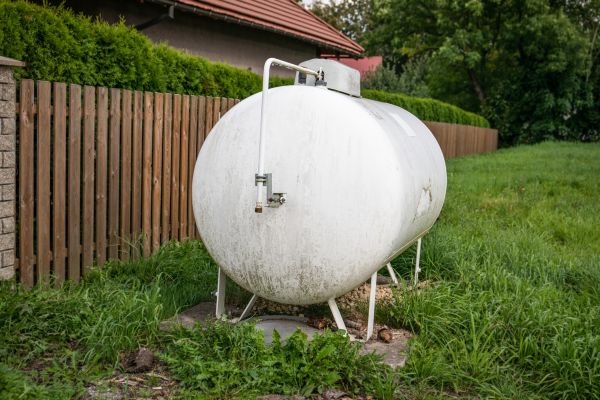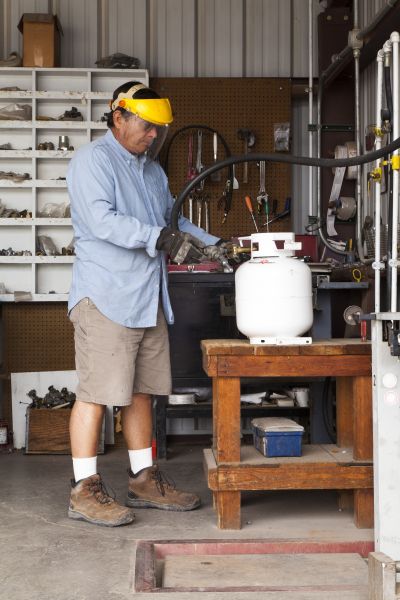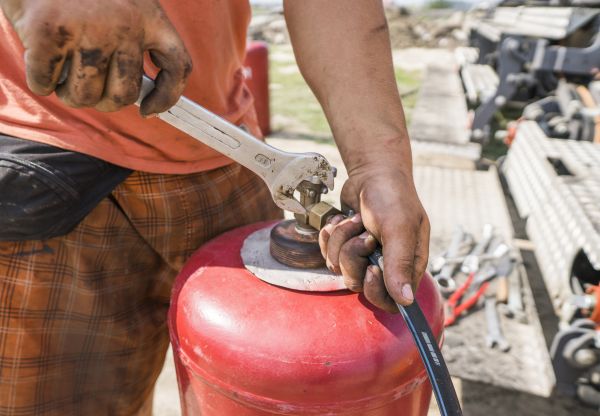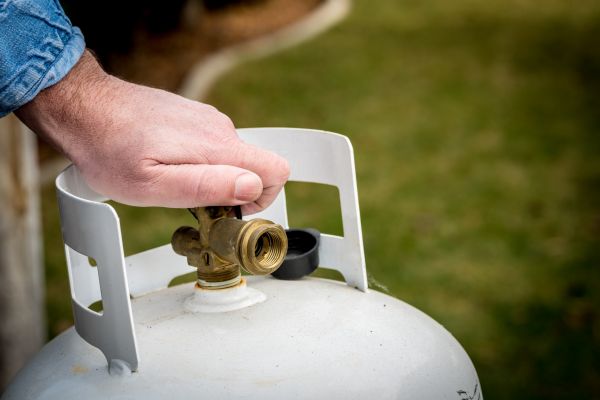Why should I have my propane tank removed?
There are several reasons for removing a propane tank, including switching to a different energy source, upgrading to a larger tank, or removing an unused or old tank that may pose safety hazards.
What does the propane tank removal process involve?
The removal process typically involves a safety inspection, disconnecting the tank from all gas lines, careful removal of the tank, and proper disposal or recycling of the tank.
Is propane tank removal safe?
Yes, when performed by trained professionals, propane tank removal is safe. They follow strict safety protocols to prevent leaks and ensure that all gas lines are properly sealed during the process.
Do I need to be present during the removal?
While it's not always necessary for you to be present, it's advisable to be there to answer any questions and ensure that you are informed throughout the process.
What happens to the site after the tank is removed?
After the propane tank is removed, the site will be restored to its original condition. This may include backfilling any holes or making minor repairs to landscaping.
How long does the propane tank removal take?
The duration of the removal process can vary depending on the size and type of the tank, as well as the location. Generally, it can take a few hours to a full day.
Will I need to get any permits for the removal?
Permitting requirements can vary by location. It's best to check with local regulations to determine if a permit is needed for propane tank removal.
How much does propane tank removal cost?
The cost of propane tank removal can vary based on factors such as the size of the tank, its location, and any necessary site restoration. It's best to request a quote from a qualified service provider.






